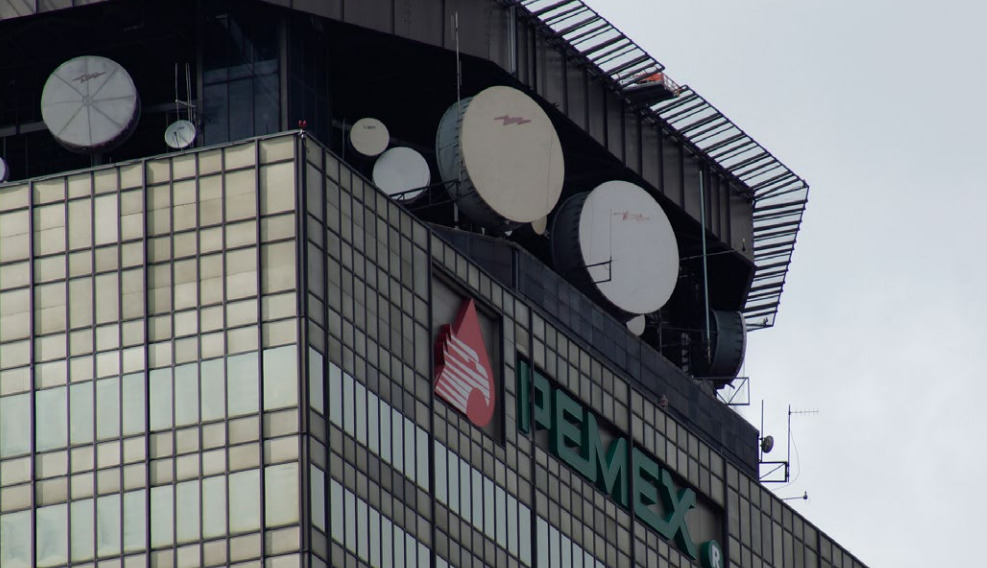Pemex’s gasoline imports fell in 2024 for the second consecutive year, both in volume and value.
Pemex reported that gasoline imports decreased in value by 14.1% to US$15.129 billion in 2024, mainly due to the increase in domestic gasoline production, driven by Mexico‘s energy self-sufficiency strategy.
Pemex gasoline imports
Measures in volume, these external purchases fell from an average of 427 thousand barrels per day (Mbd) in 2023 to 403 Mbd in 2024.
During the first half of 2025, the average reference price of gasoline was US$91.60 per barrel. This represented a 13.4% drop versus the same period in 2024. The drop was driven by lower crude oil prices. However, towards the end of the semester, prices stabilized. Mixed signals about the U.S. economy influenced this behavior.
Pemex gasoline imports, in millions of dollars, are shown below:
- 2017: 15,418.
- 2018: 18,958.
- 2019: 15,337.
- 2020: 8,120.
- 2021: 10,849.
- 2022: 20,673.
- 2023: 17,603.
- 2024: 15,129.
Volatility
To reduce the impact of a possible decline in gasoline and diesel cracking spreads, Pemex applied a hedging strategy in 2025. At the end of June, it had hedged 5.31 million barrels of gasoline and 0.99 million barrels of diesel. These hedges corresponded to the periods from March to August and July to October, respectively. Thanks to the high volatility in gasoline differentials during the first half of the year, Pemex obtained a net gain of US$2.5 million from this strategy.
On June 4, 2025, Pemex announced an institutional reorganization process to optimize its operations. The objective is to strengthen the value chain by eliminating redundant roles, redirecting resources to key activities, optimizing spending and improving efficiency.
As part of the plan, it will reduce its administrative structure in areas such as marketing, planning, human resources, cost management, and service contracting. Prior to this, on May 22, the Board of Directors approved the reform of the company’s by-laws, published on May 30 in the Official Journal of the Federation.

